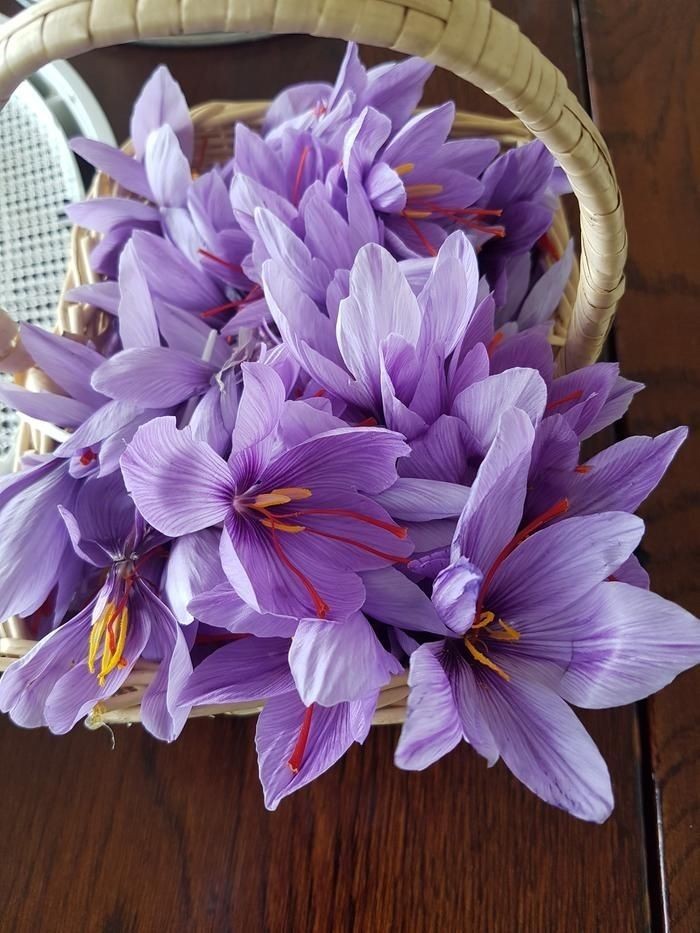Categories
The latest content
-
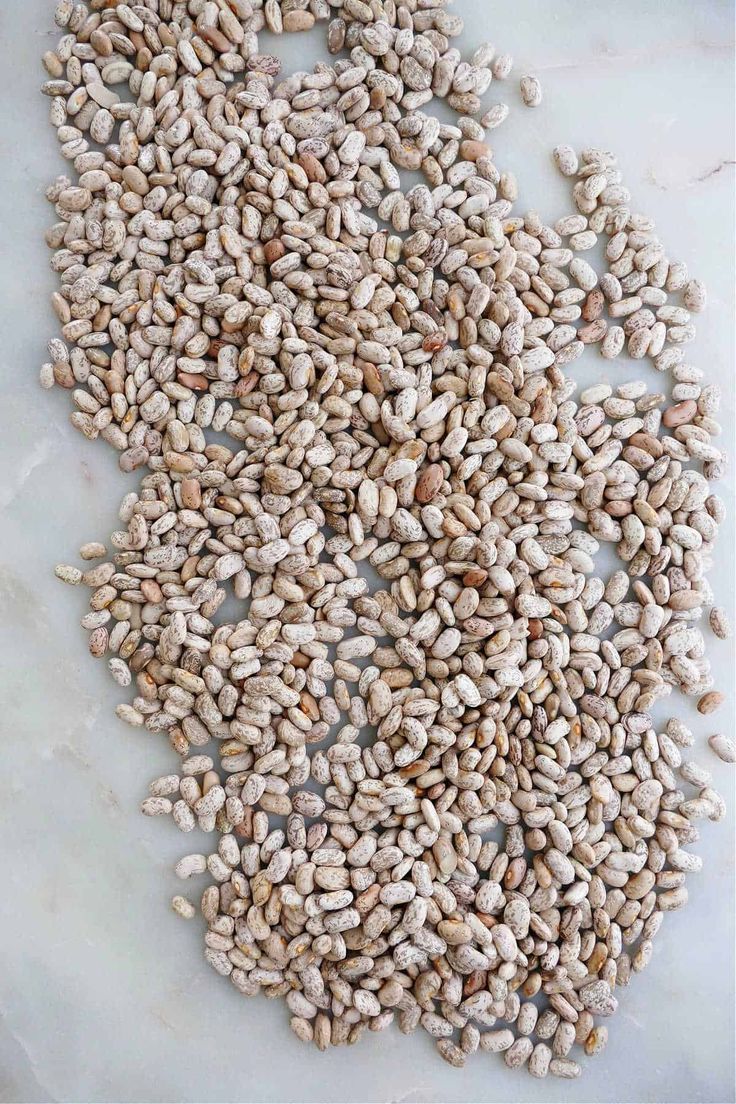
Customs Clearance & Import Regulations for Bulk Iranian Pinto Beans in EU, Middle East & Africa
..
-
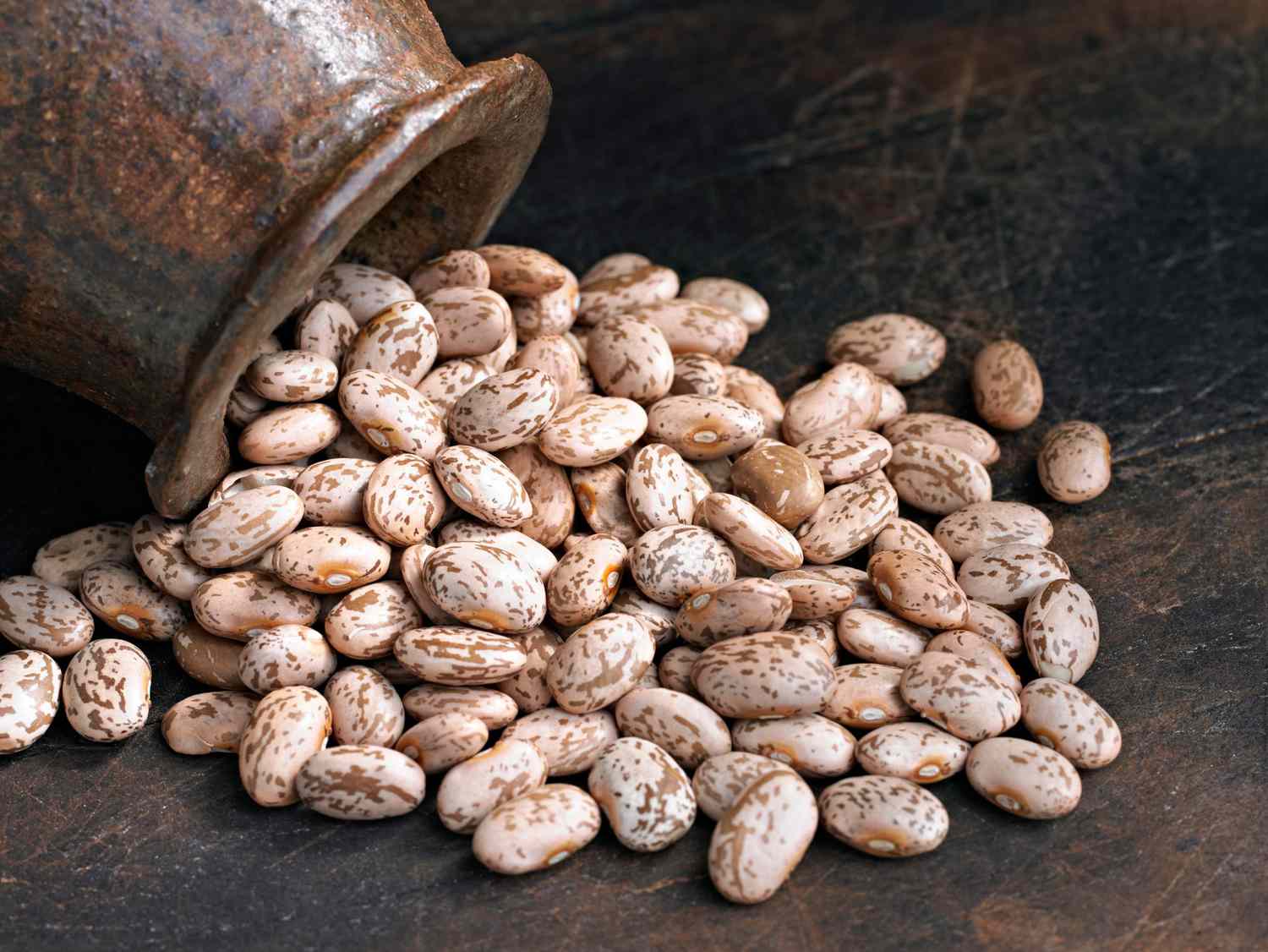
Quality Control & Laboratory Testing Standards for Iranian Pinto Beans
..
-
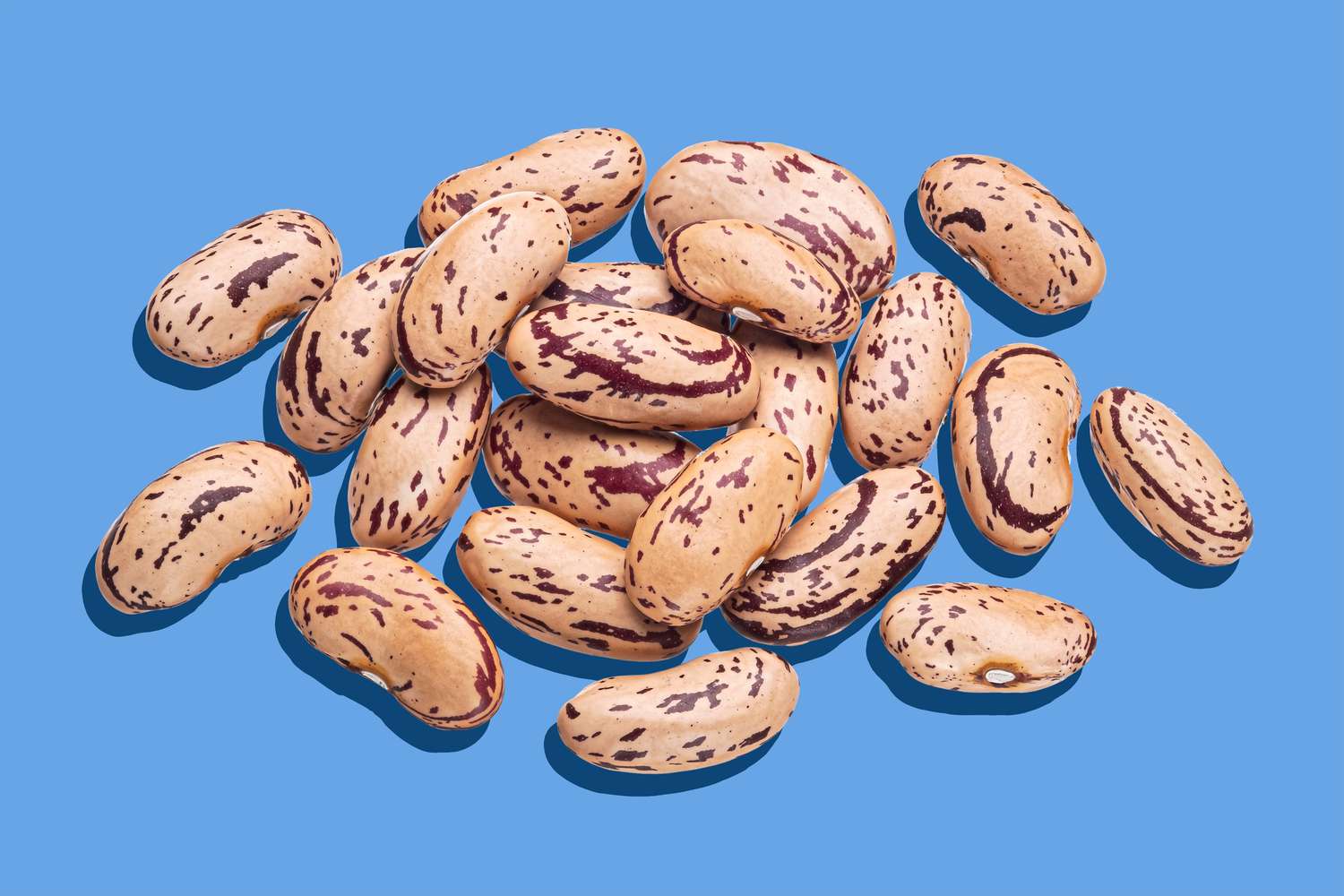
Logistics & Shipping Solutions for Bulk Iranian Pinto Bean Exports
..
-
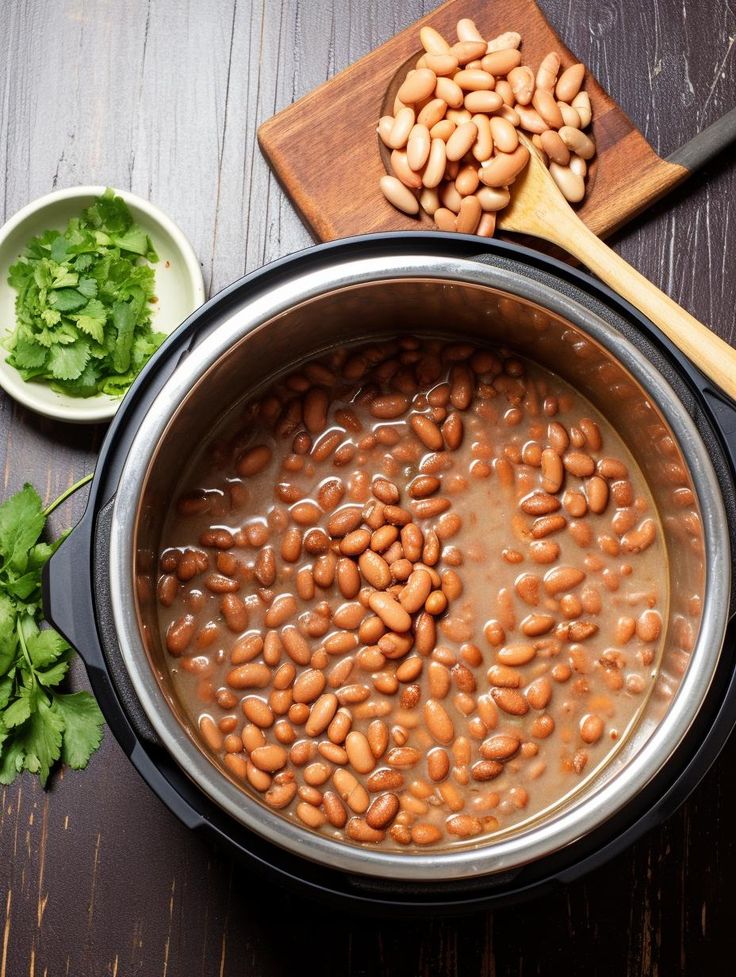
Minimum Order Quantity (MOQ) & Bulk Pricing for Iranian Pinto Bean Buyers
..
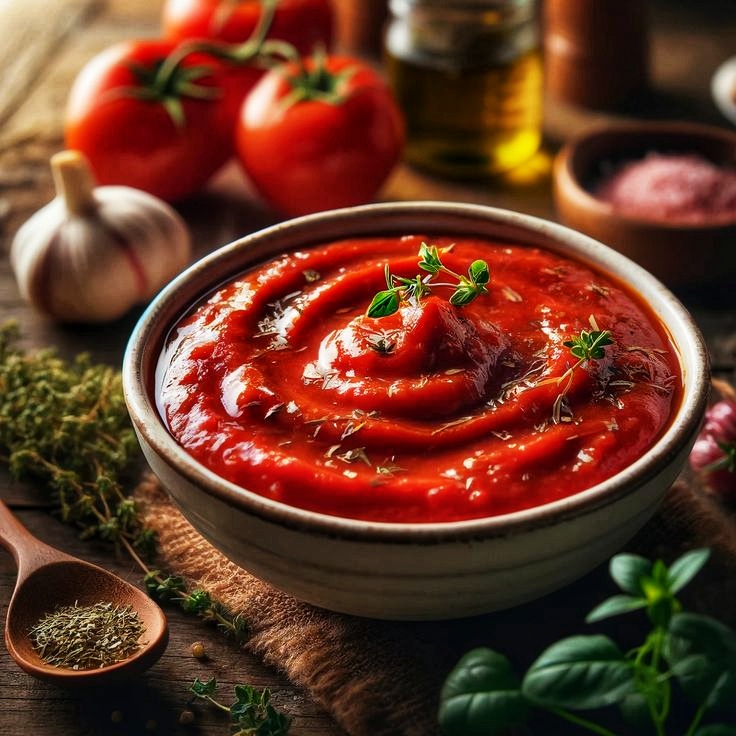
Tags
Iranian Chickpea Varieties Explained; Kabuli & Desi Types; Quality, Taste & Market Insights
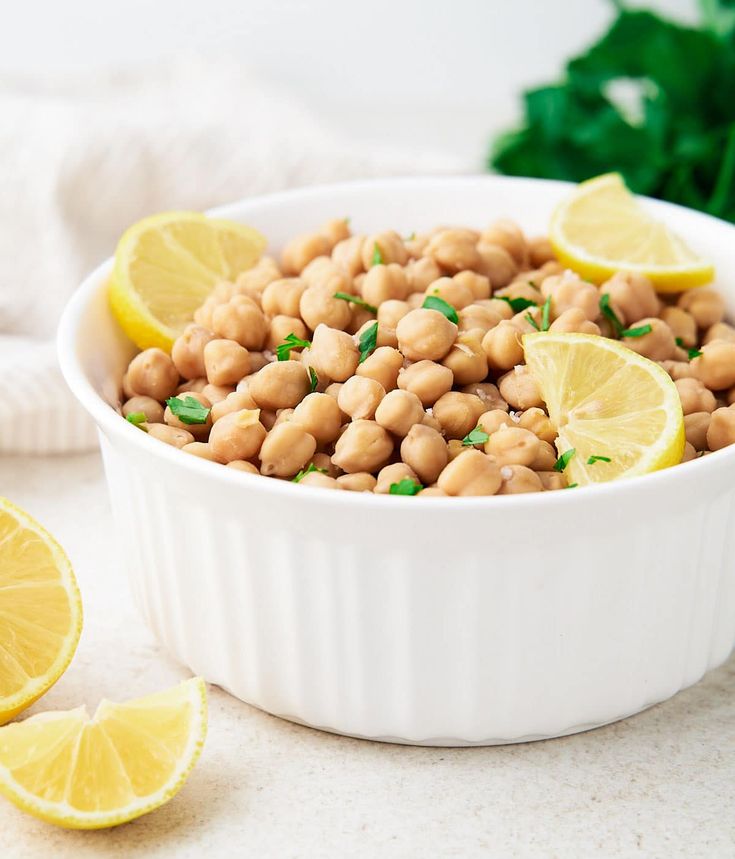
Among Iran’s many agricultural treasures, chickpeas (Cicer arietinum) hold a special place. Revered for their versatility, nutritional value, and rich flavor, chickpeas form the backbone of both traditional Persian dishes and global cuisines.
But not all chickpeas are the same, the world’s markets recognize two main types: Kabuli and Desi. Each variety carries its own story, flavor, and market value.
At Tamila Agrifood, we specialize in sourcing, grading, and exporting both Kabuli and Desi chickpeas, ensuring that every buyer receives the variety best suited to their market needs.
1. Kabuli Chickpeas; The Premium, Cream-Colored Grain
The Kabuli variety is what most people imagine when they think of chickpeas. Large, round, and cream-colored, Kabuli chickpeas are often called the “Mediterranean type.”
They are widely cultivated in western and northwestern Iran, especially in provinces such as Kermanshah, Kurdistan, and West Azerbaijan, regions known for fertile soils and temperate climates.
Key characteristics:
• Size: 8–12 mm diameter
• Color: Light beige to cream
• Texture: Smooth and thin skin
• Flavor: Mild and nutty
• Popular uses: Hummus, salads, soups, roasted snacks
Market insight:
Kabuli chickpeas dominate the European, Middle Eastern, and North African markets, where buyers value their size, color consistency, and quick cooking time.
Tamila Agrifood exports Kabuli chickpeas in various calibrated grades (8mm, 9mm, 10mm, 11mm+), cleaned, sorted, and packaged under strict HACCP and ISO-certified facilities.
2. Desi Chickpeas: The Robust, Nutrient-Dense Variety
In contrast, Desi chickpeas are smaller, darker, and rougher in texture. Often brown, green, or black, this variety is the traditional choice across South Asia and parts of Africa.
Iranian Desi chickpeas, though less common than Kabuli, are increasingly in demand due to their high protein and fiber content.
Key characteristics:
• Size: 5–8 mm
• Color: Brown, black, or light green
• Texture: Thick skin, coarse surface
• Flavor: Earthy, slightly bitter
• Popular uses: Flours, curries, stews, and snacks
Market insight:
Desi chickpeas are highly popular in India, Pakistan, Bangladesh, and Kenya. However, with the rise of gluten-free flours and plant-based protein products, Western food processors are also showing increased interest in Desi chickpeas for milling and protein extraction.
3. Nutritional Comparison: Kabuli vs Desi
Both Kabuli and Desi chickpeas are nutritional powerhouses, but they serve slightly different consumer needs:
Nutrient / Kabuli Chickpeas / Desi Chickpeas
Protein / 18–20% / 20–22%
Fiber / Moderate / High
Iron / Moderate / High
Glycemic Index / Lower / Higher
Cooking Time / Shorter / Longer
Insight:
Kabuli chickpeas appeal more to culinary markets seeking a soft texture and mild flavor, while Desi chickpeas attract health-oriented brands focusing on high-fiber, protein-rich foods.
4. Export Dynamics & Global Preferences
In 2025–2026, the global chickpea trade is increasingly segmented by variety.
While Kabuli dominates premium export markets like the EU, GCC, and North America, Desi maintains strength across Asia and East Africa.
Iran is one of the few countries capable of producing both types efficiently, making it a valuable supplier in the global supply chain.
Tamila Agrifood bridges this gap by offering:
• Calibrated Kabuli & Desi grades
• Bulk or private-label packaging options
• Compliance with Organic, Halal, ISO, and HACCP standards
• Logistics support for EU, MENA, and African importers
5. Post-Harvest Processing & Quality Control
After harvest, chickpeas undergo a meticulous process to maintain international standards:
• Cleaning & de-stoning to remove impurities
• Color sorting & size grading for consistency
• Moisture control & packaging to preserve freshness
• Quality testing for aflatoxin, pesticide residue, and protein content
At Tamila Agrifood, each shipment is inspected before export to ensure the product meets the import regulations of target countries.
6. Sustainability & Organic Farming Practices
Sustainability is no longer optional, it’s essential.
Iranian farmers increasingly adopt organic cultivation methods, reducing the use of synthetic fertilizers and embracing crop rotation to preserve soil health.
Tamila Agrifood supports local growers through:
• Training programs for sustainable farming
• Assistance in Organic and Global GAP certification
• Guaranteed purchase agreements at fair trade prices
7. How to Choose the Right Variety for Your Market?
Importers and wholesalers should consider the following factors:
Target cuisine: Mediterranean buyers prefer Kabuli; South Asian markets prefer Desi.
Processing goals: For flour and protein extraction, Desi is ideal; for ready-to-eat or retail packs, Kabuli wins.
Market regulations: Ensure compliance with import certifications like Halal, ISO, and Organic.
Tamila Agrifood’s export specialists help each buyer choose the best type, size, and grade for their specific market demand.
Conclusion: A Dual Opportunity for Global Buyers
Both Kabuli and Desi chickpeas offer tremendous opportunities for importers in 2025 and beyond.
Iran’s unique ability to cultivate and export both types gives buyers flexibility, consistency, and quality assurance.
Whether you’re sourcing for retail packaging, food manufacturing, or bulk distribution, Tamila Agrifood provides tailor-made export solutions that bring the richness of Iranian agriculture to the global marketplace.
Contact us today to discuss your next bulk order of Kabuli or Desi chickpeas.
Email: tamilaagrifood@gmail.com
Call / WhatsApp: +989141858935



